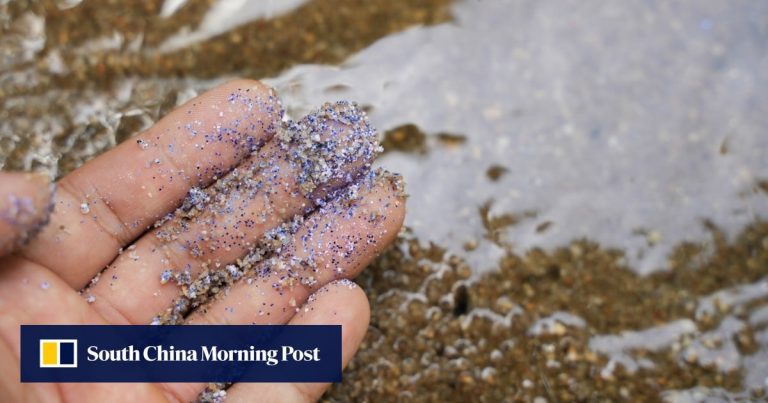The foam was developed by researchers from Wuhan University, Huazhong University of Science and Technology in Wuhan, Donghua University in Shanghai and Guangxi University in Nanning. They wrote about their findings in a peer-reviewed article in the journal Science Advances published November 29.
According to the article, the researchers first identified two types of sustainable biomass, chitin and cellulose, which are commonly used as adsorbents – a type of material capable of collecting another substance, such as a pollutant or toxin , on its surface.
The scientists then extracted chitin from squid bones and cellulose from cotton. The two substances have been combined into a foam called Ct-Cel, which has been shown to be very effective in removing microplastics from water.
The foam removed 89.9 to 99.8 percent of polystyrene from water in samples containing different concentrations of common plastic.
It has also been shown to be effective in extracting other plastics, including polymethyl methacrylate, polypropylene and polyethylene terephthalate. Its ability to capture these plastics was largely unaffected by the presence of other distracting substances, such as heavy metals, microorganisms and organic pollutants.



